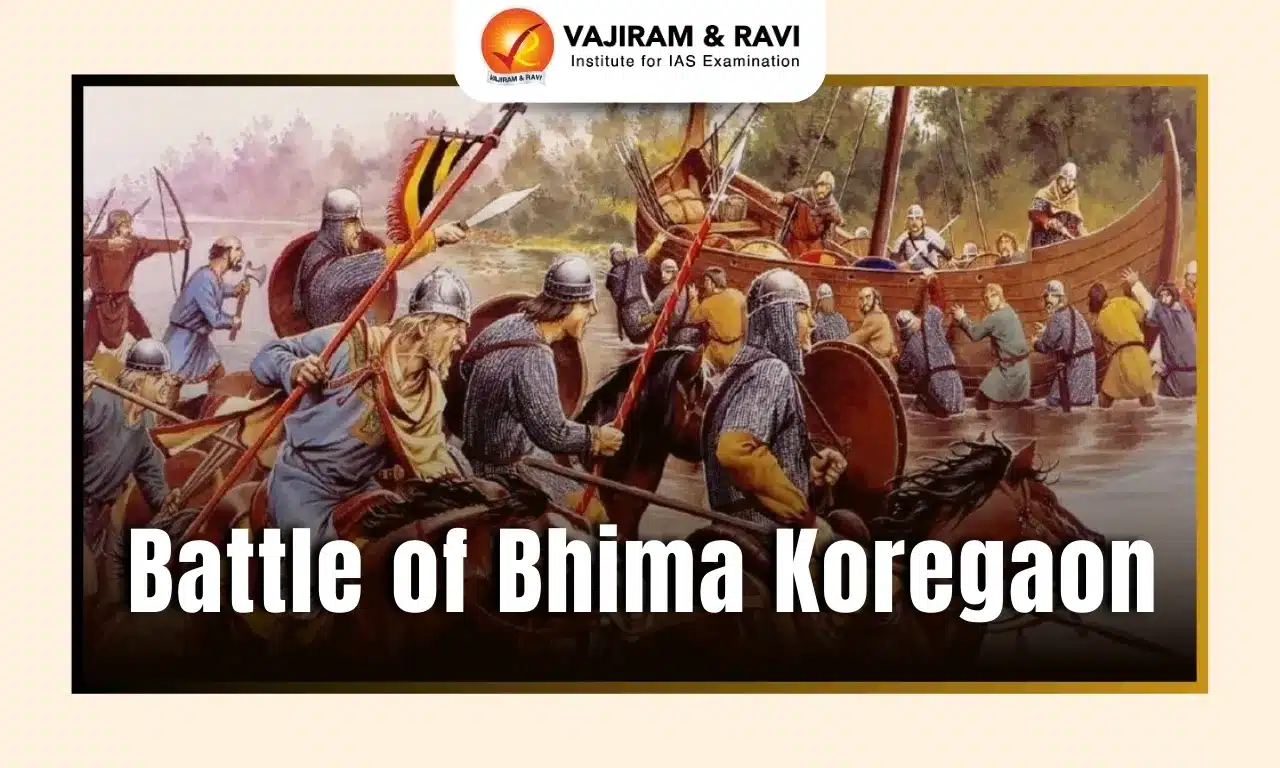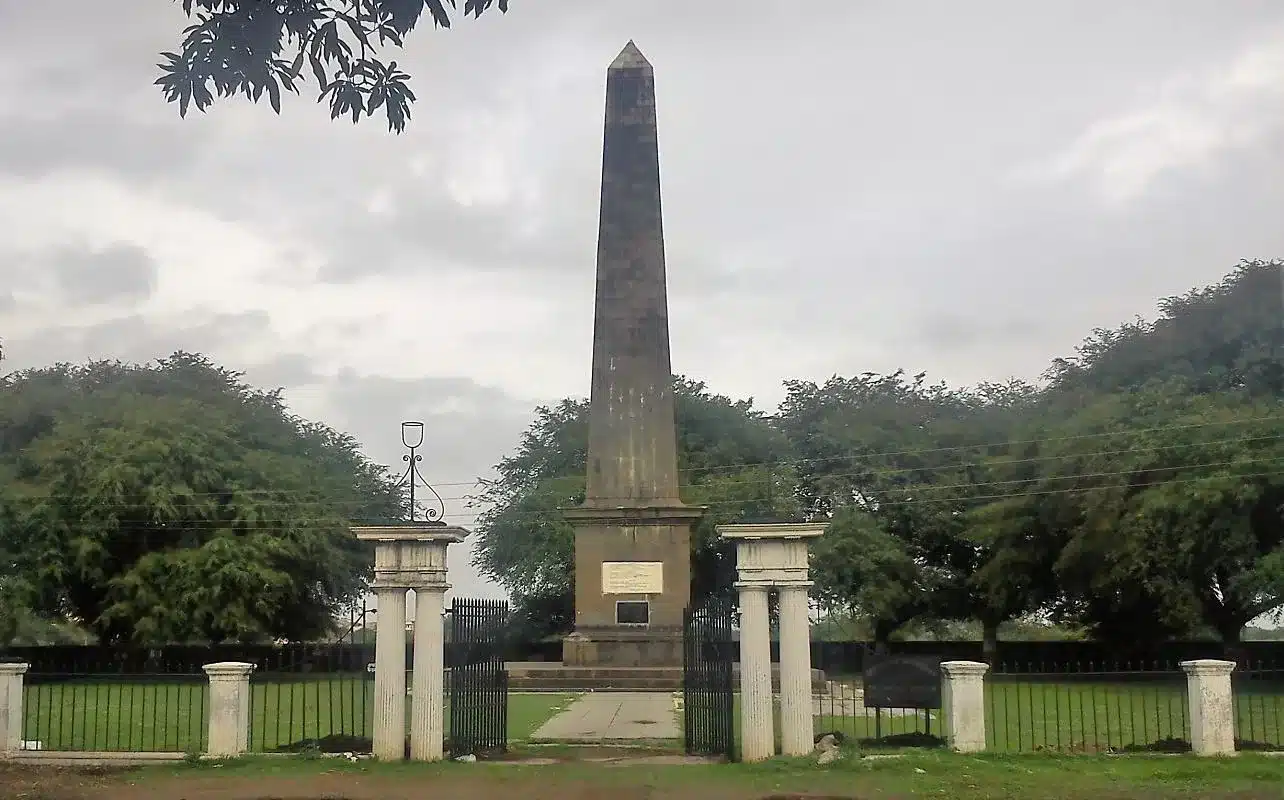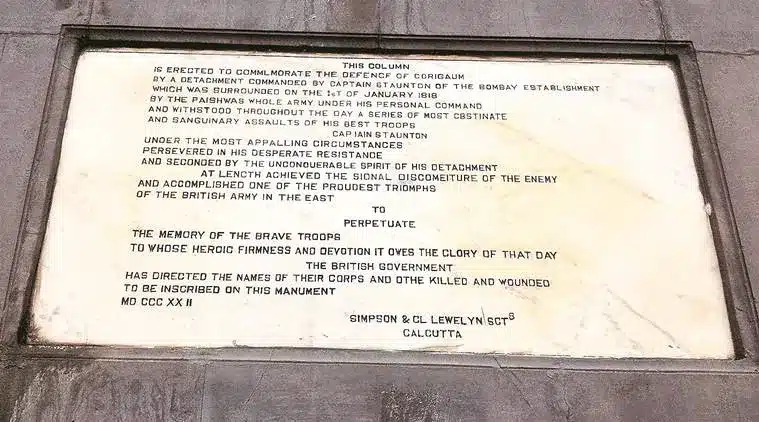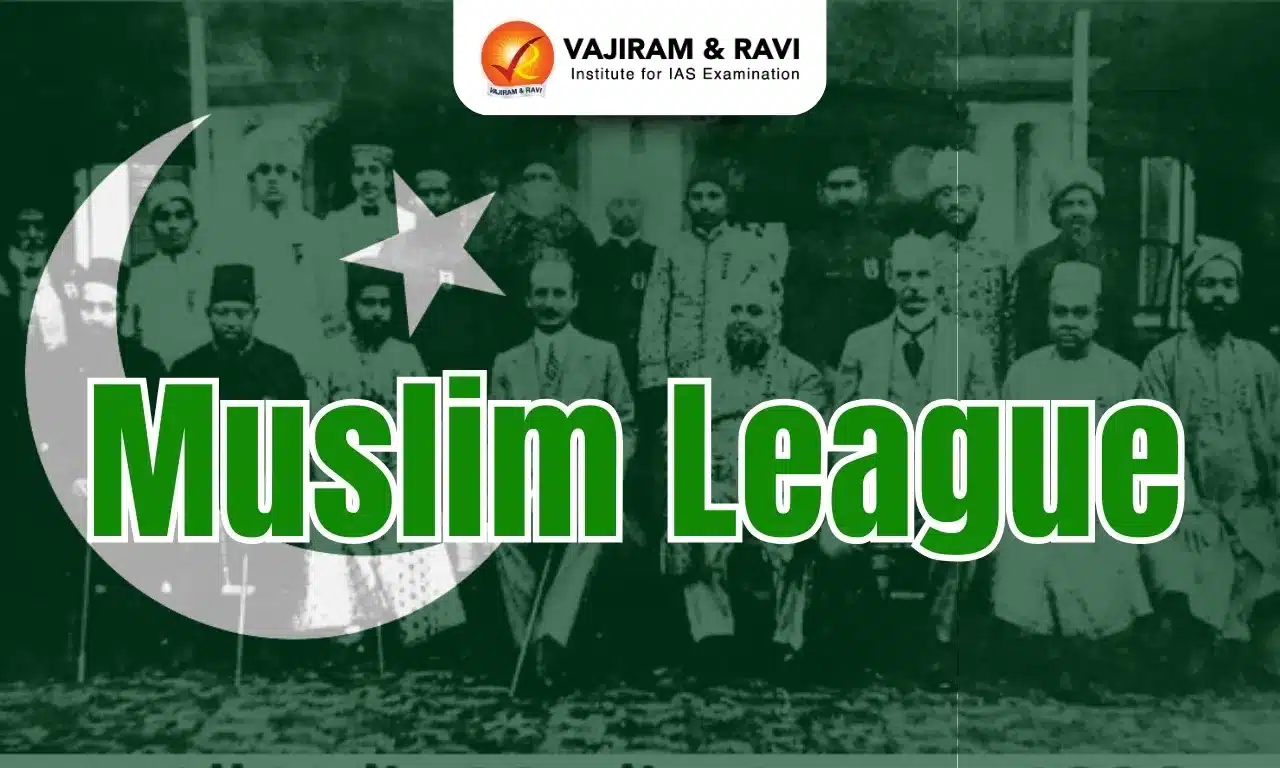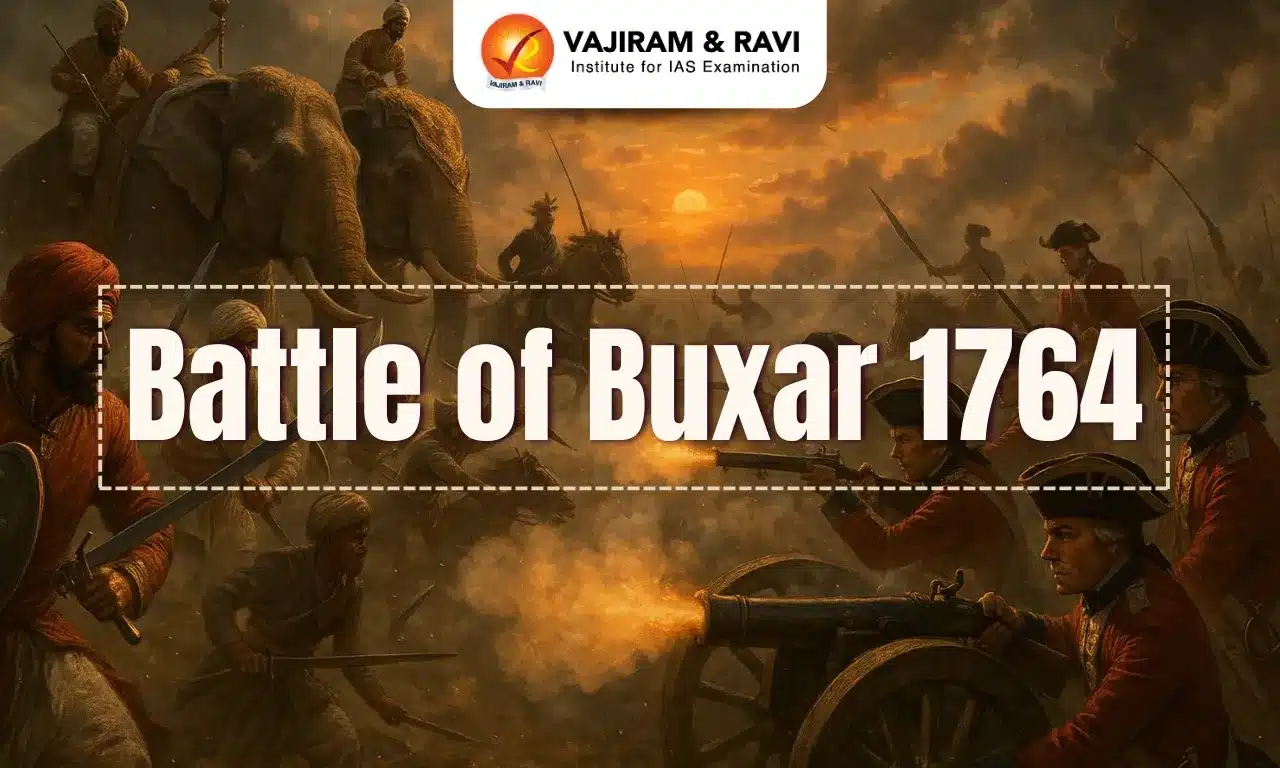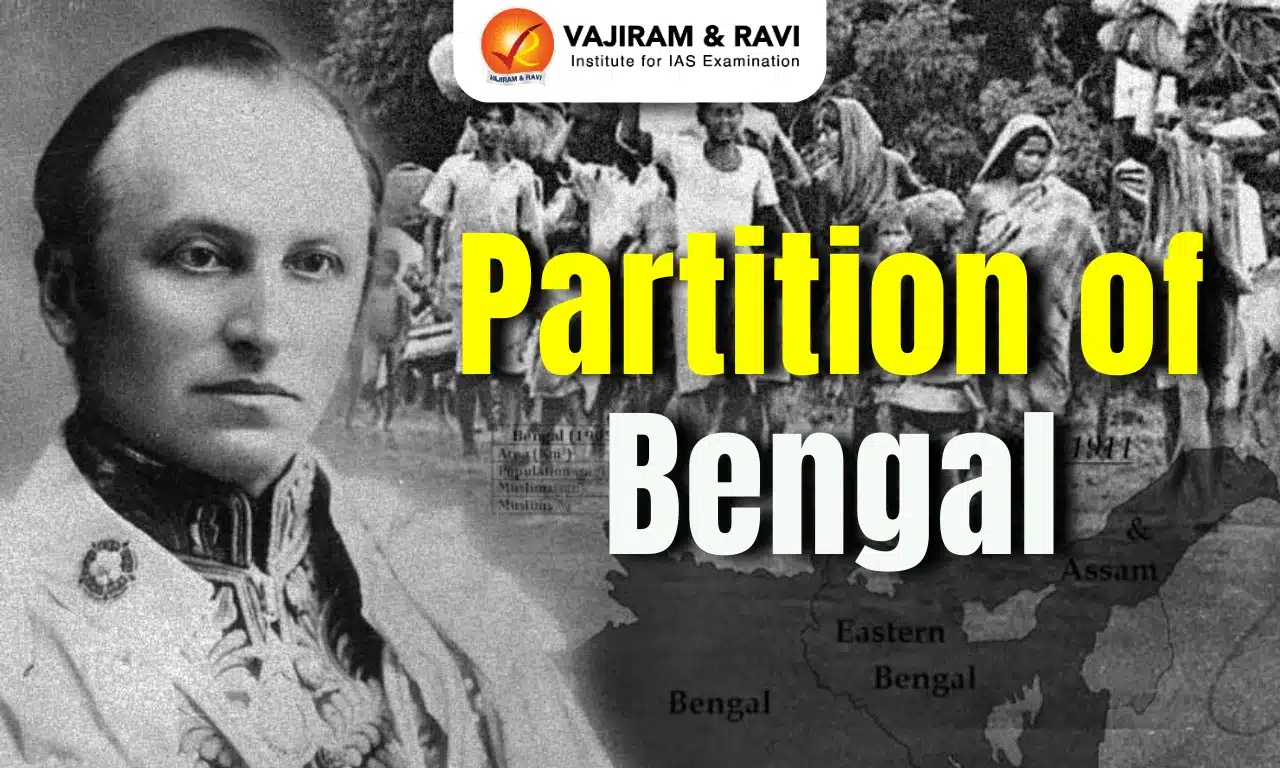The Battle of Bhima Koregaon, fought on January 1, 1818, is a pivotal event in Indian history. It occurred between the British East India Company and the Peshwa-led Maratha Empire during the Third Anglo-Maratha War. This encounter marked a decisive phase in the decline of the Maratha power and the expansion of British dominance in India. Beyond its military outcomes, the battle has come to represent resistance to oppression, bravery in the face of adversity, and a symbol of Dalit pride.
The battle played a critical role in the eventual defeat of the Peshwa rule, solidifying the British East India Company's dominance over Western, Central, and Southern India. A "victory pillar" erected in Koregaon commemorates the valour of those who fought in the battle.
Battle of Bhima Koregaon History
The Battle of Bhima Koregaon, fought during the Third Anglo-Maratha War is a significant event in Indian history. The encounter took place near Koregaon village in Maharashtra and has since gained recognition as a symbol of resistance and empowerment, especially for marginalised communities.
- Backdrop: The battle occurred against the backdrop of the British East India Company's efforts to expand its territorial control and consolidate power in India. The Maratha Empire, a formidable regional power, posed a significant challenge to British dominance.
- Peshwa Baji Rao II: He sought to reclaim Pune, a key territory under British control, triggering a chain of events that culminated in the battle.
- Bhima Koregaon: A village in Maharashtra became the stage for this historic clash. The valour of the Mahar community, who fought against caste-based discrimination by the Peshwas, adds a unique dimension to the battle.
- Over the years, Bhima Koregaon has become a symbol of resistance and Dalit empowerment, celebrated annually as a day of remembrance and pride.
Battle of Bhima Koregaon Reasons
The battle was driven by several interlinked factors, highlighting the political and ideological struggles of the era:
- British expansionism: The East India Company aimed to expand its territories and subjugate the Maratha Empire.
- Maratha resistance: The Marathas sought to counter British dominance and retain their independence.
- Ideological conflict: The battle was a manifestation of clashing visions—colonial control versus regional sovereignty.
- Key leaders and Armies involved:
- British East India Company: The British side was commanded by Captain Francis Staunton, who led the British troops composed of diverse regiments from the East India Company.
- Maratha Empire: The Maratha forces were led by Peshwa Baji Rao II, the last Peshwa of the Maratha Empire, along with Colonel Vishwasrao, who played a prominent role in directing Maratha troops.
Battle of Bhima Koregaon Key Events
The sequence of events during the battle highlights the strategic and tactical dynamics of the conflict. The confrontation at Koregaon unfolded with significant intensity and strategy:
- March to Koregaon: On December 31, 1817, an 800-strong British force led by Captain Francis Staunton marched through the night, covering 25 miles, and reached Koregaon Bhima by the morning of January 1, 1818.
- Fortified position: The British troops fortified their position in Koregaon, leveraging the village’s natural defences like the mud wall surrounding it.
- Maratha attack: The Maratha army, under Peshwa Baji Rao II, fielded an overwhelming 28,000 troops, but only 2,000 soldiers were sent to engage the British at Koregaon.
- Battle duration: The battle lasted for nearly 12 hours, with fierce fighting on both sides. Despite being heavily outnumbered, the British troops, utilising superior tactics and positioning, held their ground.
- Maratha retreat: The Peshwa’s forces eventually retreated, fearing the arrival of reinforcements from the British.
Battle of Bhima Koregaon Aftermath and Significance
The Battle of Bhima Koregaon holds immense historical and socio-political significance. It had far-reaching consequences:
- British Victory: The success of the East India Company, despite its numerical disadvantage, showcased the effectiveness of its strategy and firepower. It cemented British dominance in Western, Central, and Southern India.
- Decline of the Peshwas: This battle marked a decisive blow to Peshwa's rule, leading to the decline of the Maratha Empire and the consolidation of British power.
- Symbol of Dalit pride: The Mahar soldiers, historically marginalised, played a critical role in the battle, which later became a symbol of resistance against caste-based oppression.
Last updated on December, 2025
→ Check out the latest UPSC Syllabus 2026 here.
→ Join Vajiram & Ravi’s Interview Guidance Programme for expert help to crack your final UPSC stage.
→ UPSC Mains Result 2025 is now out.
→ UPSC Notification 2026 is scheduled to be released on January 14, 2026.
→ UPSC Calendar 2026 is released on 15th May, 2025.
→ The UPSC Vacancy 2025 were released 1129, out of which 979 were for UPSC CSE and remaining 150 are for UPSC IFoS.
→ UPSC Prelims 2026 will be conducted on 24th May, 2026 & UPSC Mains 2026 will be conducted on 21st August 2026.
→ The UPSC Selection Process is of 3 stages-Prelims, Mains and Interview.
→ UPSC Result 2024 is released with latest UPSC Marksheet 2024. Check Now!
→ UPSC Prelims Result 2025 is out now for the CSE held on 25 May 2025.
→ UPSC Toppers List 2024 is released now. Shakti Dubey is UPSC AIR 1 2024 Topper.
→ UPSC Prelims Question Paper 2025 and Unofficial Prelims Answer Key 2025 are available now.
→ UPSC Mains Question Paper 2025 is out for Essay, GS 1, 2, 3 & GS 4.
→ UPSC Mains Indian Language Question Paper 2025 is now out.
→ UPSC Mains Optional Question Paper 2025 is now out.
→ Also check Best IAS Coaching in Delhi
Battle of Bhima Koregaon FAQs
Q1. What is Bhima Koregaon famous for?+
Q2. When was Bhima Koregaon fought?+
Q3. Who won the Battle of Bhima Koregaon?+
Q4. What were the casualties in the Battle of Bhima Koregaon?+
Q5. What is the Bhima Koregaon Memorial?+
Tags: quest upsc modern history



